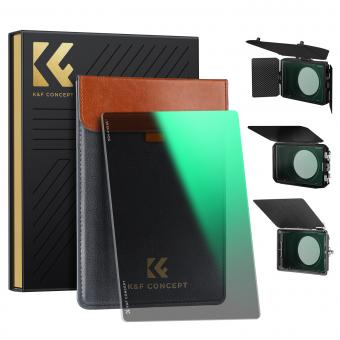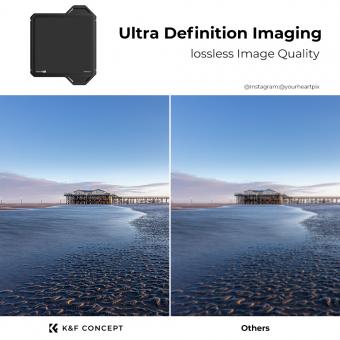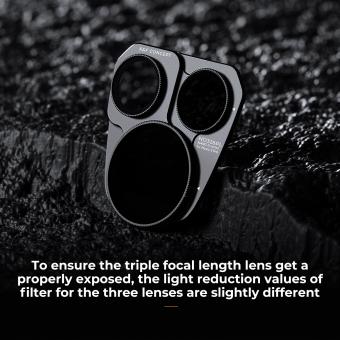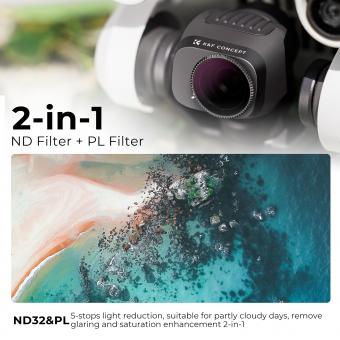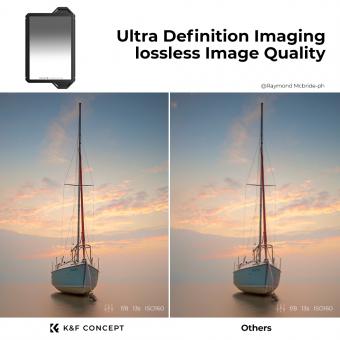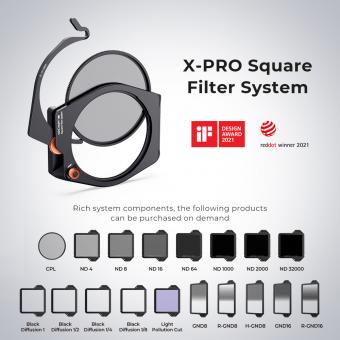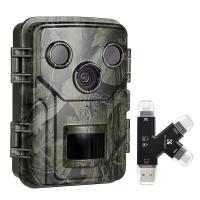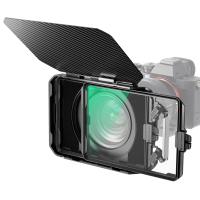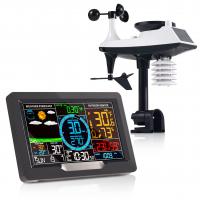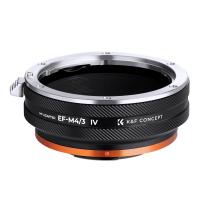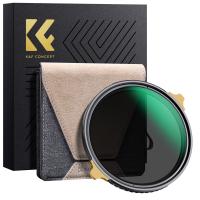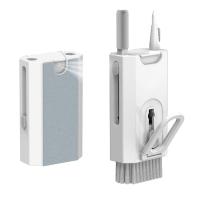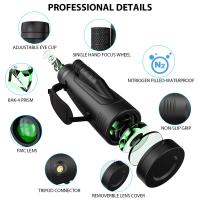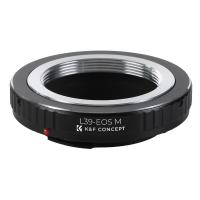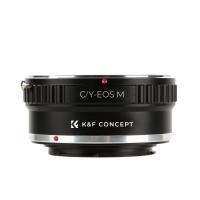How Many Stops Is An Nd 2 Filter ?
An ND 2 filter typically reduces the amount of light entering the camera by 1 stop.
1、 ND filter basics and purpose
An ND (Neutral Density) filter is a popular accessory used in photography and videography to control the amount of light entering the camera lens. It is essentially a darkened piece of glass or resin that reduces the intensity of light without affecting the color or quality of the image. ND filters are commonly used in situations where there is too much light, such as bright outdoor scenes or when shooting long exposures.
The stops of an ND filter refer to the amount of light it blocks. Each stop represents a halving or doubling of the amount of light reaching the camera sensor. For example, an ND2 filter blocks one stop of light, reducing the exposure by half. Similarly, an ND4 filter blocks two stops, an ND8 filter blocks three stops, and so on.
Therefore, an ND2 filter reduces the amount of light entering the lens by one stop. This can be useful in situations where you want to achieve a shallower depth of field or capture motion blur in bright conditions. By using an ND filter, you can use wider apertures or slower shutter speeds without overexposing the image.
It is important to note that the number of stops an ND filter blocks can vary depending on the brand and type of filter. Some filters may have a slightly different light-blocking capacity, so it is always recommended to check the specifications provided by the manufacturer.
In recent years, ND filters have gained popularity among photographers and videographers due to their ability to create stunning visual effects. They are commonly used in landscape photography to capture smooth waterfalls or create dreamy long exposures. Additionally, ND filters are also used in filmmaking to achieve a cinematic look by allowing for wider apertures and slower shutter speeds in bright lighting conditions.
Overall, ND filters are a versatile tool that allows photographers and videographers to have greater control over exposure and creative possibilities.
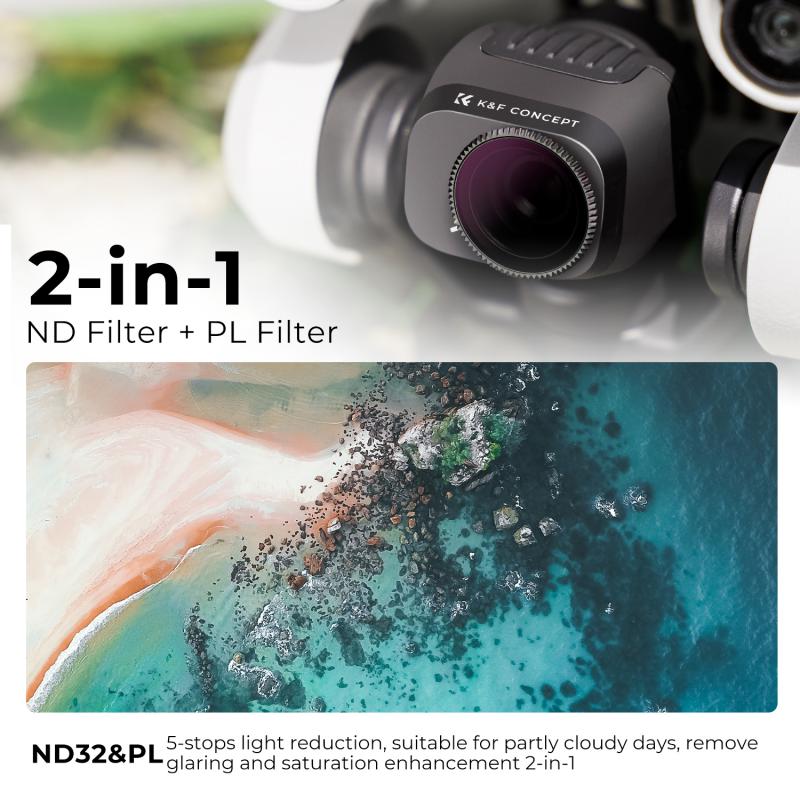
2、 Understanding ND filter stops and their effects
An ND (Neutral Density) filter is a popular tool used in photography and videography to control the amount of light entering the camera lens. It helps in achieving creative effects such as motion blur, shallow depth of field, and long exposure shots. The number associated with an ND filter represents the amount of light it blocks or reduces, commonly referred to as "stops."
The stops on an ND filter indicate the reduction in light transmission. For example, an ND 2 filter reduces the amount of light entering the lens by 2 stops. This means that it allows only 25% of the original light to pass through, blocking the remaining 75%. Similarly, an ND 4 filter reduces the light by 4 stops, allowing only 6.25% of the original light to pass through.
Understanding the number of stops is crucial for photographers and videographers as it helps them calculate the correct exposure settings. By using ND filters, they can achieve the desired exposure even in bright lighting conditions or when shooting with wide apertures.
It is important to note that the number of stops on an ND filter is not standardized across all manufacturers. Some brands may use different numbering systems or variations in light reduction. Therefore, it is recommended to refer to the specific manufacturer's documentation or consult reliable sources for accurate information on the stops of a particular ND filter.
In recent years, there has been an increasing trend towards variable ND filters. These filters allow photographers and videographers to adjust the amount of light reduction by rotating the filter, providing a versatile solution for different lighting conditions. Variable ND filters typically offer a range of stops, such as ND 2-400, allowing for greater flexibility in controlling exposure.
In conclusion, the number of stops on an ND filter indicates the amount of light reduction it provides. Understanding these stops is essential for achieving the desired exposure and creative effects in photography and videography.
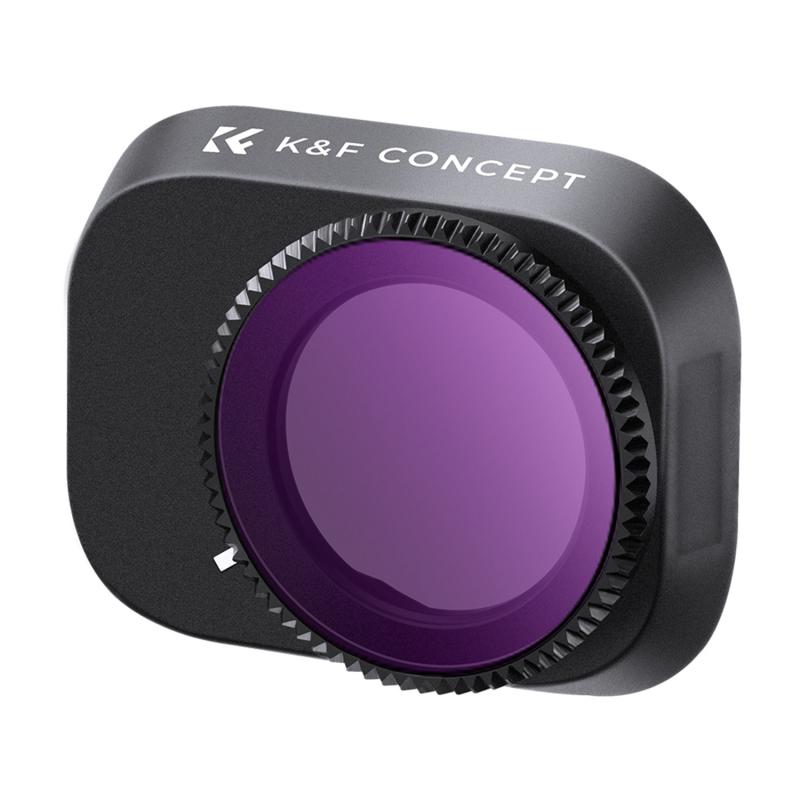
3、 ND 2 filter: Definition and characteristics
An ND 2 filter, also known as a Neutral Density 2 filter, is a type of camera filter that reduces the amount of light entering the lens without affecting the color or tone of the image. The number "2" in ND 2 refers to the filter's light-stopping power, indicating that it reduces the light by two stops.
To understand the concept of stops, it is important to know that each stop represents a halving or doubling of the amount of light. So, an ND 2 filter reduces the light entering the lens by two stops, which means it allows only one-fourth (1/2 x 1/2) of the original light to pass through.
The primary purpose of using an ND 2 filter is to achieve a longer exposure time or a wider aperture in bright lighting conditions. By reducing the amount of light, it helps to prevent overexposure and allows for creative control over the depth of field or motion blur in a photograph.
It is worth noting that the term "ND 2 filter" is just one of the many variations of neutral density filters available in the market. Other common variations include ND 4, ND 8, ND 16, and so on, each with different light-stopping powers. The higher the number, the greater the light reduction.
In recent years, there has been a growing trend towards using higher-stop ND filters, such as ND 1000 or even ND 100000, which can significantly reduce the amount of light entering the lens. These filters are particularly popular among landscape photographers who want to capture long exposure shots during daylight hours.
In conclusion, an ND 2 filter reduces the light entering the lens by two stops, allowing for greater control over exposure settings in bright lighting conditions. However, it is important to note that there are various other ND filters available with different light-stopping powers to suit different photographic needs.

4、 Practical applications of an ND 2 filter
An ND 2 filter, also known as a neutral density filter, is a type of camera filter that reduces the amount of light entering the lens without affecting the color or contrast of the image. The number "2" in ND 2 refers to the filter's light-stopping power, indicating that it reduces the light by two stops.
To understand how many stops an ND 2 filter reduces, it is important to know that each stop represents a halving or doubling of the amount of light. Therefore, an ND 2 filter reduces the light entering the lens by two stops, which means it allows only 25% of the original light to pass through.
Practical applications of an ND 2 filter are numerous and can greatly enhance photography in various situations. One common use is in landscape photography, where the filter helps to achieve longer exposure times. By reducing the amount of light, it allows for slower shutter speeds, resulting in smooth and silky waterfalls, rivers, or clouds. Additionally, it can be used to capture motion blur in crowded cityscapes or busy streets, creating a sense of movement and energy.
Another application is in portrait photography, where the ND 2 filter can be used to achieve a shallow depth of field even in bright lighting conditions. By reducing the light, it allows for wider apertures, resulting in a blurred background and a sharp subject, which is often desired in portrait photography.
In recent years, the use of ND filters has expanded to videography as well. Filmmakers use ND filters to maintain a consistent shutter speed and achieve a cinematic look, especially when shooting in bright outdoor environments.
Overall, the ND 2 filter is a versatile tool that allows photographers and videographers to have greater control over exposure and creative effects. Its ability to reduce light by two stops makes it suitable for a wide range of applications, from landscape and portrait photography to videography.



